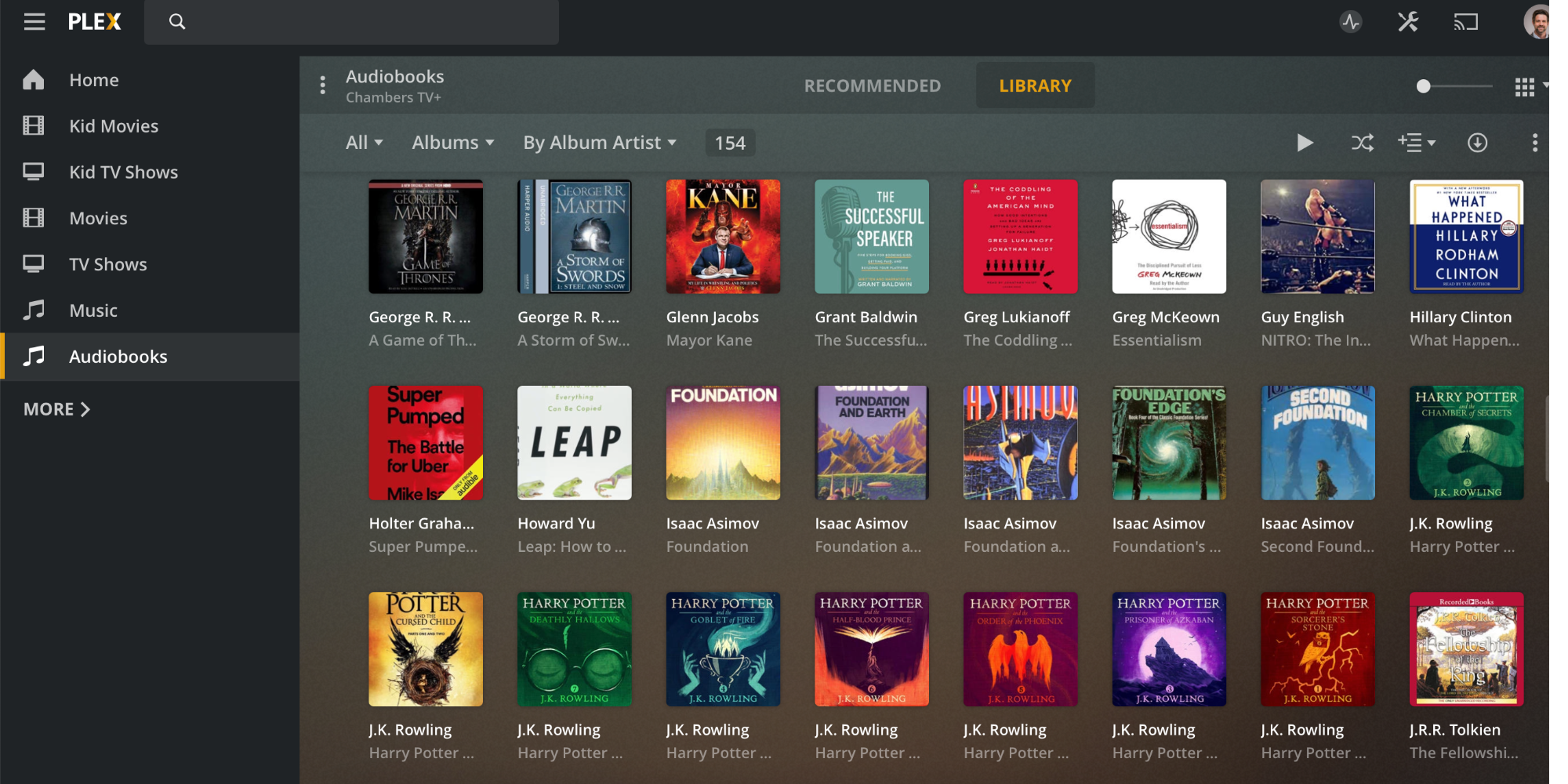
Tolkien also presented a wider view of Middle-Earth in general. This triple style allows individuals to shine more brightly, when they are called on to do more than hike with Frodo. But with the breaking of the Fellowship, the narration falls into three categories: Frodo and Sam Merry and Pippin Aragorn, Legolas and Gimli.

"Fellowship" was Frodo-centric, since the narration revolved around him, as did all the events and thoughts. One of the most noticeable changes in this book is the shift of focus. But the Ring is weighing more heavily than ever on Frodo, and is starting to reassert its old sway on Gollum. In return, Gollum promises to guide the two hobbits through Mordor, straight to Mount Doom. Frodo subjugates Gollum, forcing him to swear on "the precious" that he won't harm him. Meanwhile, Frodo and Sam head into Mordor - with an eerily familiar figure, Gollum, following them. Elsewhere, Merry and Pippin must use all of their wits to escape the orcs, and then find a strange band of allies that no one could have hoped for. So Aragorn, Legolas and Gimli race to find the orcs and retrieve the hobbits, but are stopped by the fierce Riders of Rohan, and then by an old and dear friend: Gandalf, who has been resurrected in the new form of a White wizard.

It suffers from a bit of sequelitis in places, but the overall book is just as enthralling as the first.Īragorn finds that Merry and Pippin have been abducted rather than killed - for what reason, no one knows. If anything, it seems steadier and more controlled than "Fellowship of the Ring," as several characters become more central and the plot focus widens to envelop all of Middle Earth.


The second volume of Tolkien's epic trilogy never even wavers.


 0 kommentar(er)
0 kommentar(er)
